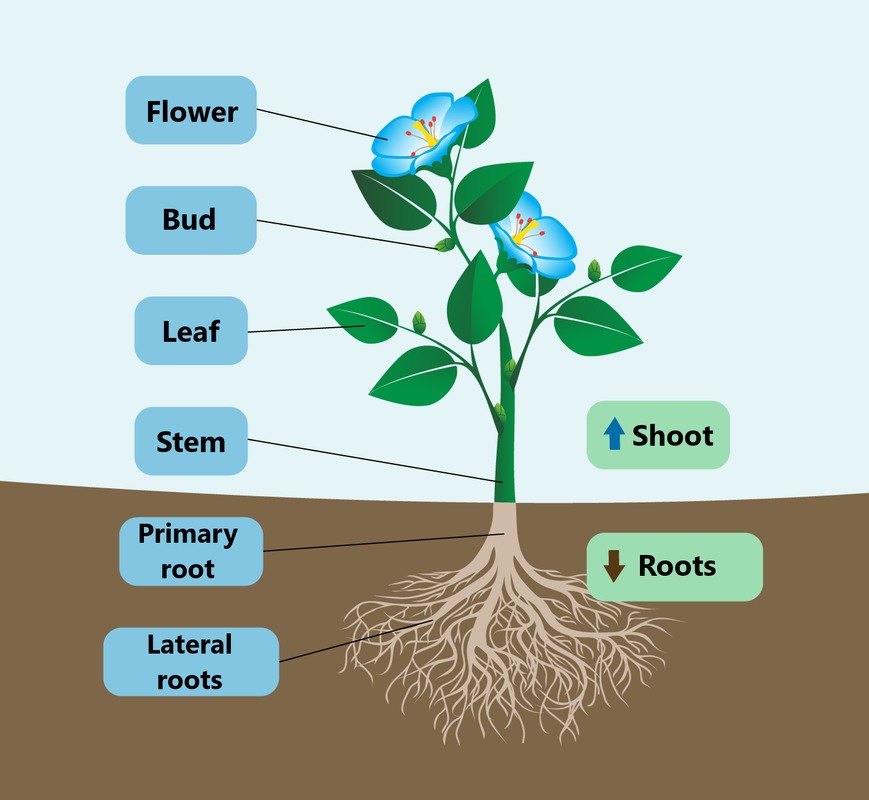Plant identification
Plant identification
This page explains how the species of a plant can be identified.
Plant parts
 The main parts of the plant are its stem, leaves, flowers, and roots. The sizes, shapes, number, and locations of these parts vary between different plant species. That is why they are helpful when identifying a species.
The main parts of the plant are its stem, leaves, flowers, and roots. The sizes, shapes, number, and locations of these parts vary between different plant species. That is why they are helpful when identifying a species. In flowering plants, the color, shape, and blooming period of the flower are important identification clues.
Many plants also have their own special growth method. Some plants occur only in specific environments.
Traditional botanical manuals and various internet services are helpful when identifying plant species.
NatureGate
Do you know what larger group the plant belongs to?
- tree
- shrub
- fern
- flowering plant
- moss
- alga
The growing environment
Look at the plant's growing environment. Many species occur only in a specific environment. Remember, that some plants can thrive in a variety of growing environments.
- In the forest (conifer or decidous forest?).
- In open locations.
- In a bog.
- On a dry beach.
- Near the edge of the water.
- Completely in the water.
- In a ditch, on the lake shore, on the sea shore.
Does it have a flower?
- What colour is the flower?
- Where are the flowers located (individually on the end of the stem, scattered, in small groups, or as different-shaped inflorescences)?
- What shape is the flower/inflorescence?
- What month is it (remember that flowering periods vary between different years depending on the weather conditions)?
Leaf shape
- Is the flower stem leafless?
- What is the shape of the leaf?
- Is the edge of the leaf smooth or patterned?
- Are the leaves separate or are they formed of smaller leaflets?
Leaves and their placement
- Are the leaves set in a rosette?
- Are the leaves opposite, alternate or whorled?
The size and growing method of the plant
- Is the plant small, medium-sized, or enormous?
- Does it grow as a tuft, individually, or as a large population?
Have you identified the species?
When you think that you have identified the species of the plant correctly, think about the following things:
- Is the plant rare or protected?
- Does it occur in the area where you found it?